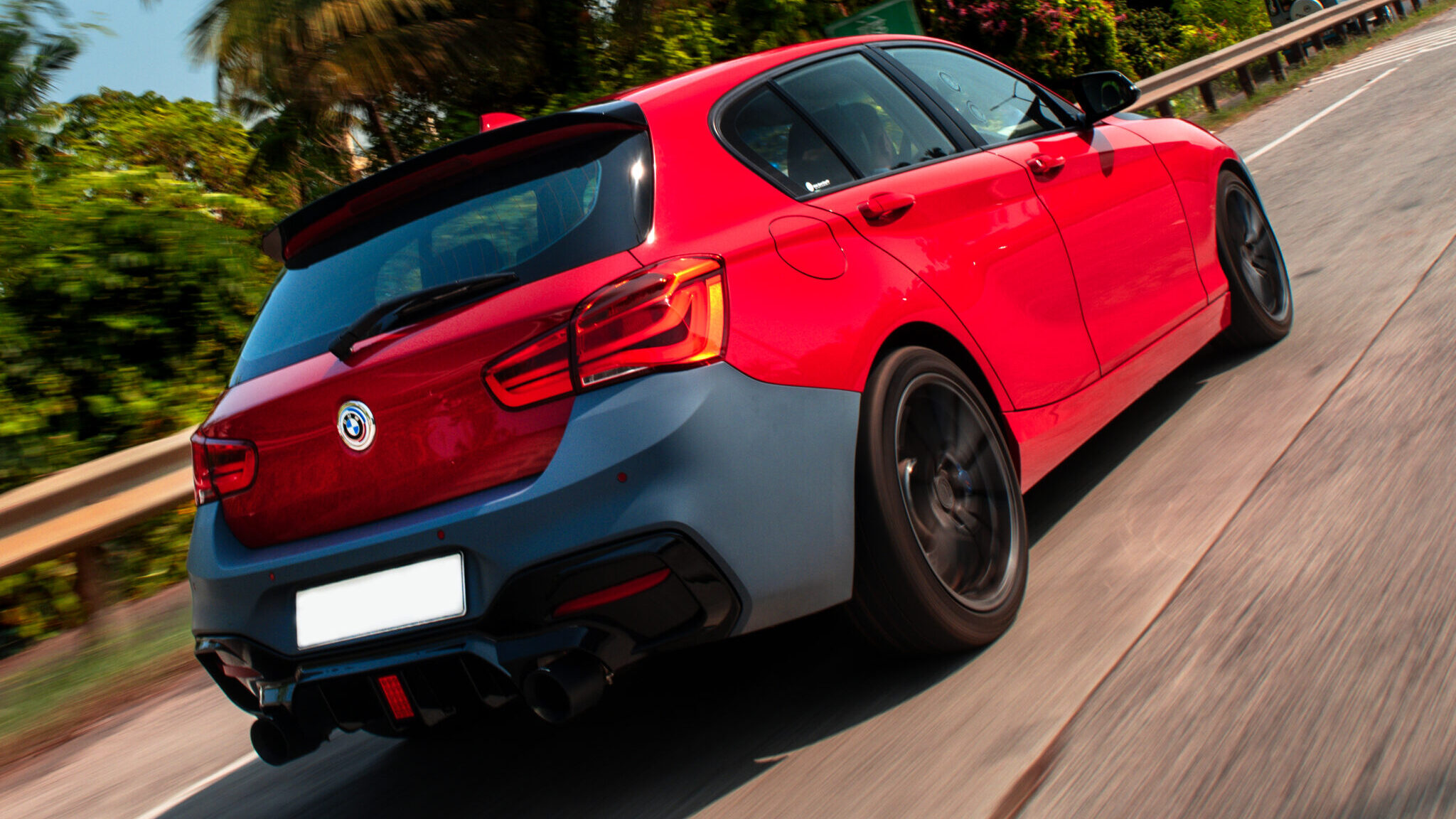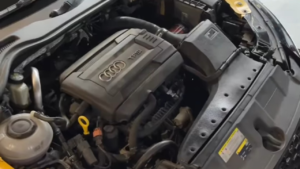Every time we go out for a shoot, meet an enthusiast with a mad build, or just sit down after a long drive, one thing always hits us, India doesn’t lack passion. It never has. You can see it everywhere. In the guy who daily-drives his Stage 2 Polo through city traffic. In the student saving up for coilovers instead of a new phone. In the detailing studios that treat every Swift like it’s a supercar. The passion is there, loud, alive, and genuine. But the culture? It’s struggling to breathe. And the more time we spend in this space, the clearer it becomes, India’s car culture isn’t growing slower, it’s being held back.
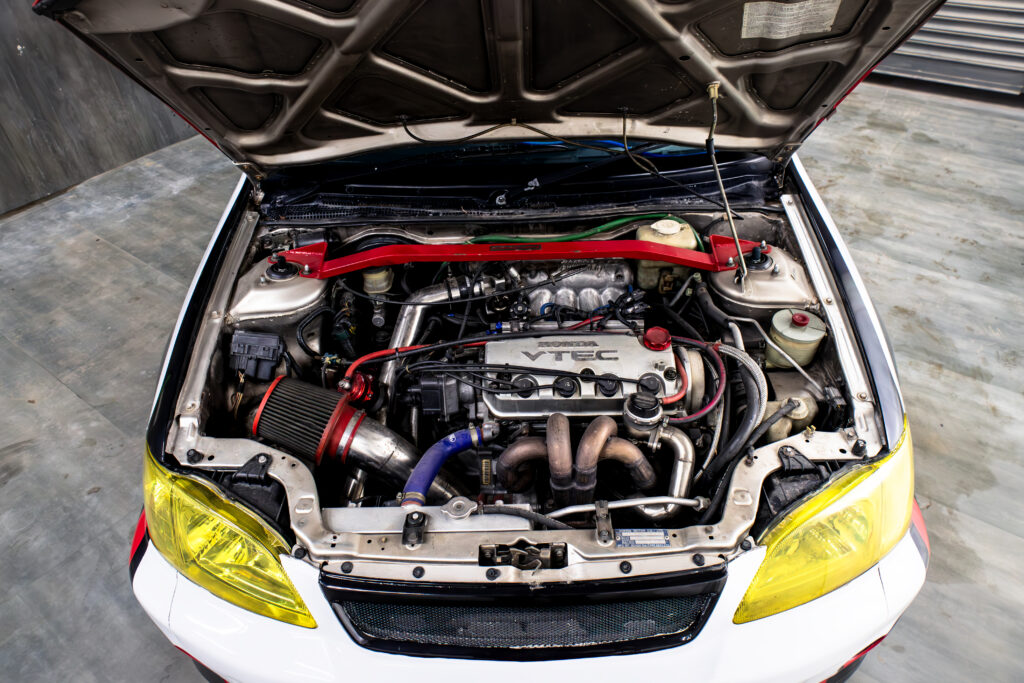
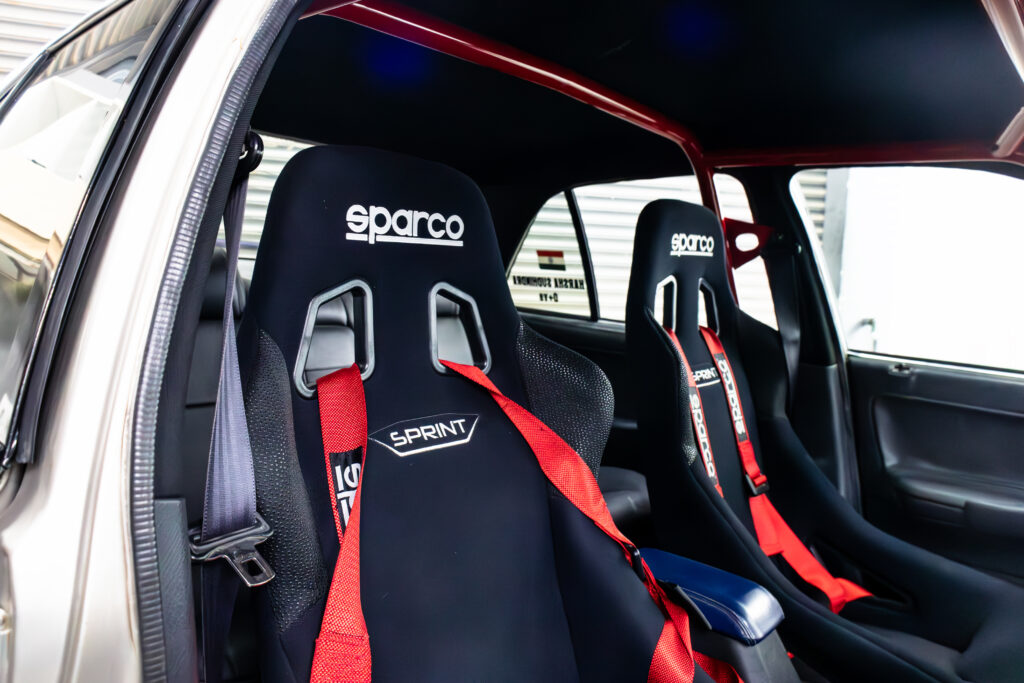
1. The System Isn’t Built for Enthusiasts
Owning, modifying, or even just enjoying a car in this country feels like a rebellion. You’re not supposed to have fun behind the wheel. You’re supposed to go from Point A to Point B quietly, responsibly, and efficiently. The system isn’t made for people who care about throttle response, downshifts, or the sound of a perfectly timed rev-match.
Mod your exhaust? You are fined.
Lower your suspension? That’s illegal.
Wrap your car? That’s a huge problem.
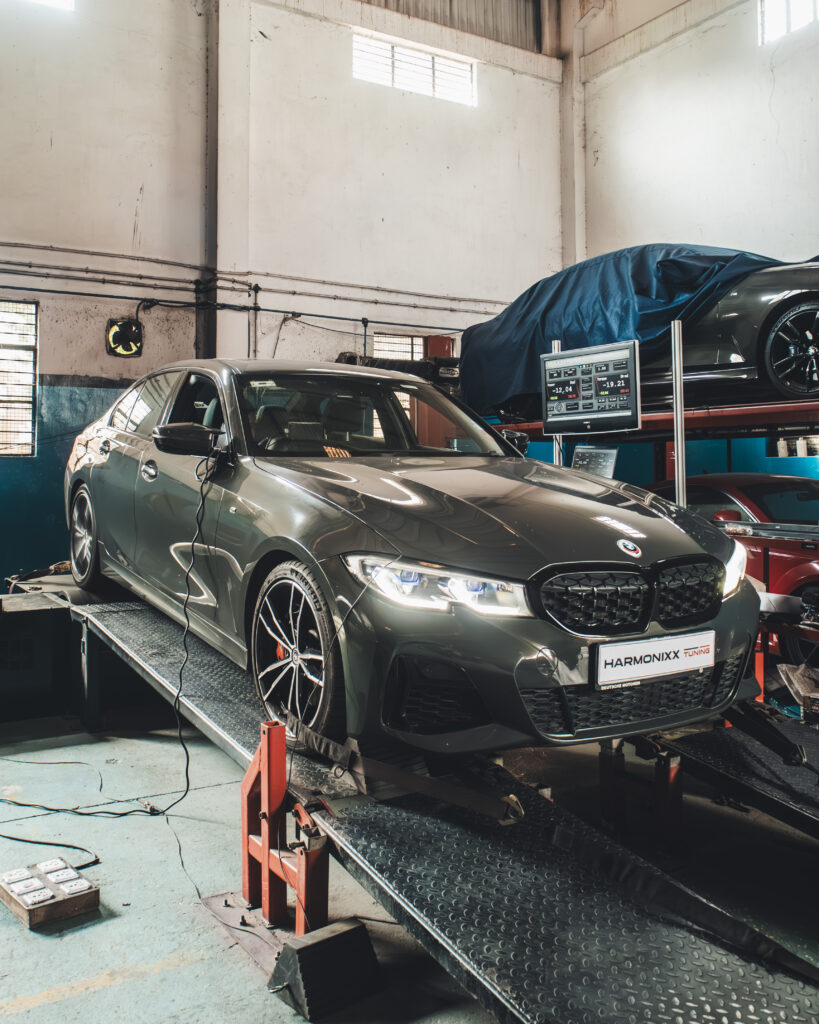

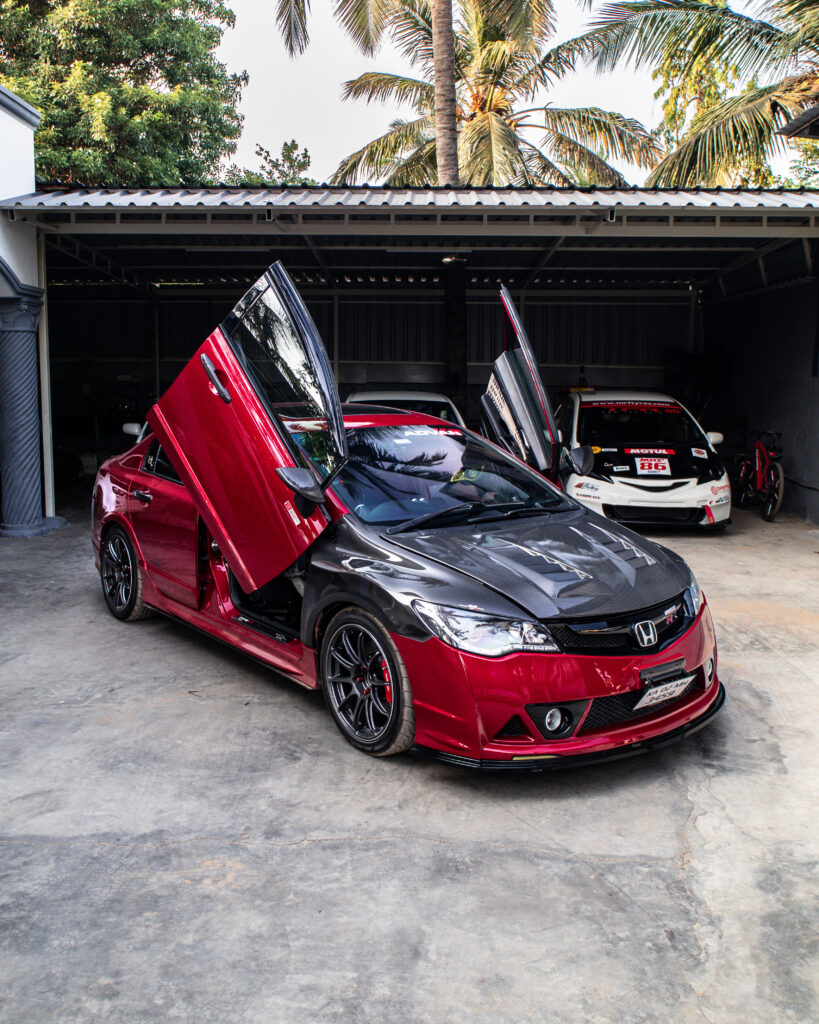
In a country that thrives on individuality, automotive individuality is still treated like a crime. The law doesn’t celebrate self-expression, it regulates it. And that’s a huge reason why India’s car scene remains hidden in the shadows instead of roaring out loud.
2. The Cost of Entry Is Brutal
Being a car enthusiast in India is almost a privilege. Taxes, registration fees, insurance, fuel, they all stack up until owning a decent performance car feels out of reach for most people. The cars that built our love for driving, the Polo GTs, Abarths, JTPs, are all gone. What’s left are SUVs with aggressive bumpers and soft suspensions pretending to be sporty. Even when enthusiasts turn to tuning, it’s still a minefield.
Yes, there are brilliant tuners and garages doing serious work, but it’s all built on passion, not infrastructure. No proper racetracks in major cities. No standardized motorsport ecosystem. No protection for the aftermarket industry. Every build is a gamble, every experiment a risk. One bad experience, and another enthusiast walks away disillusioned.
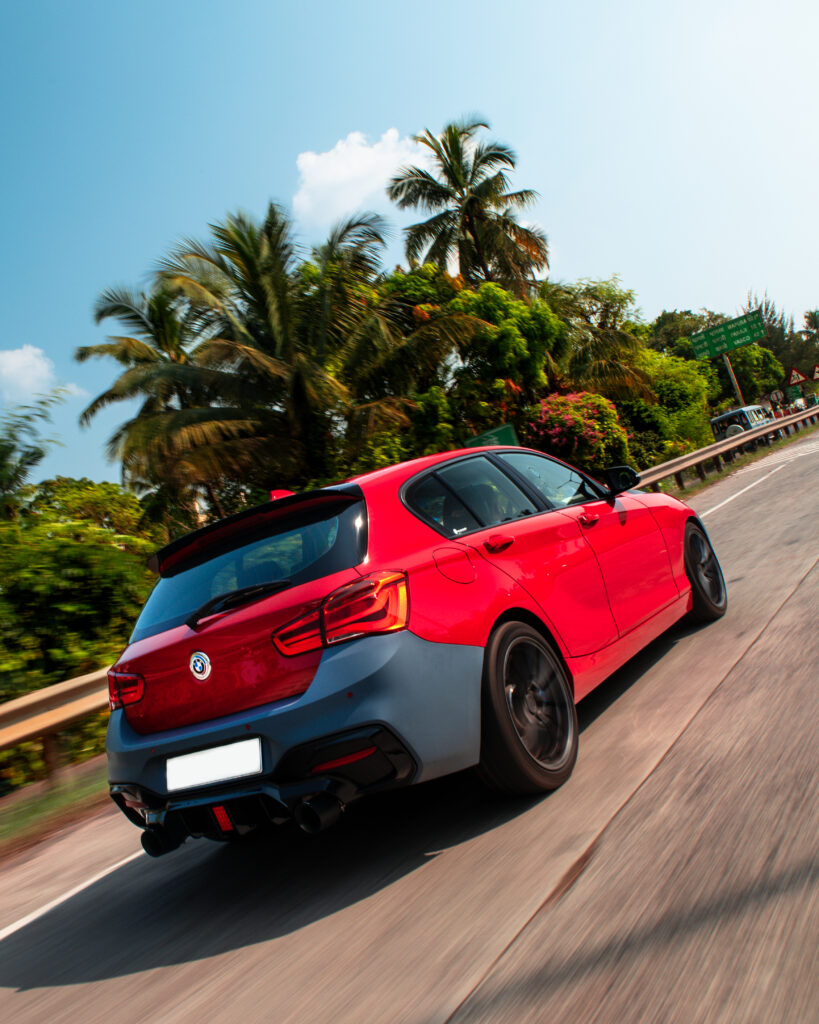
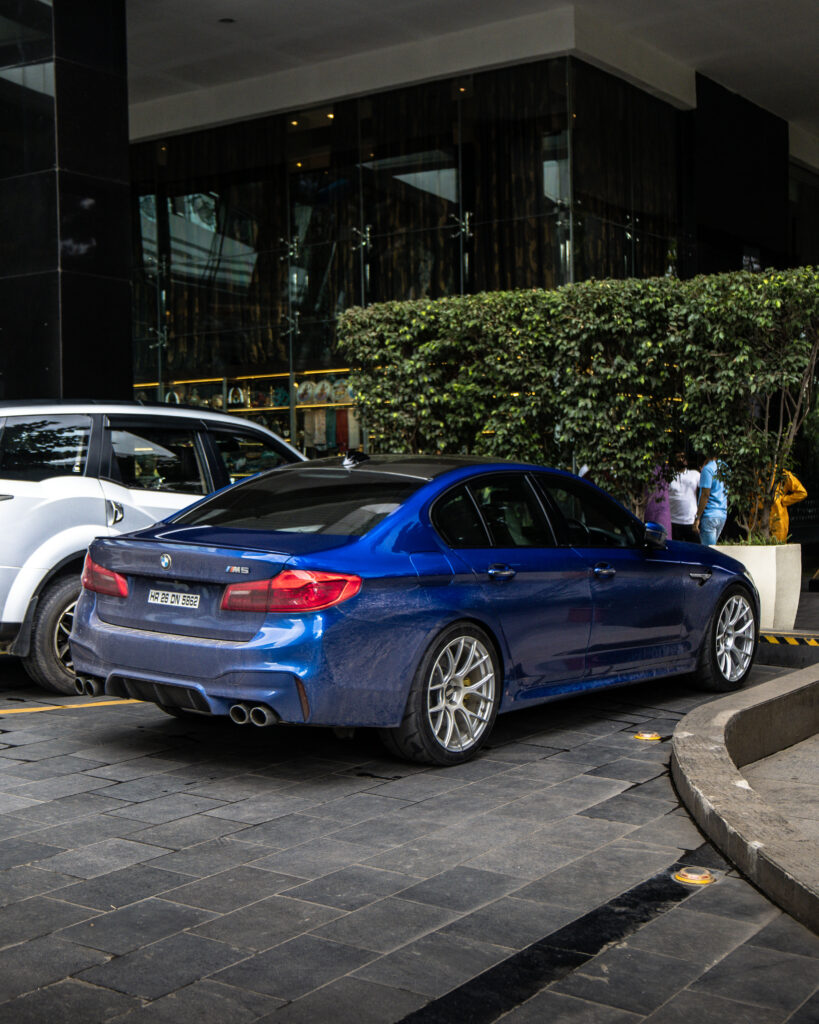
3. The Social Stigma
But maybe the biggest wall isn’t mechanical, it’s mental. In India, cars are seen as status symbols, not canvases for creativity. People want to own nice cars, not build them. It’s about showing success, not expressing passion. That’s what separates a market from a culture.We’re obsessed with badges, not builds. And those who have dared to do something different, often got labeled as “show-offs” or “nuisances.”
That attitude kills enthusiasm before it even starts. Because car culture isn’t about showing off, it’s about belonging.
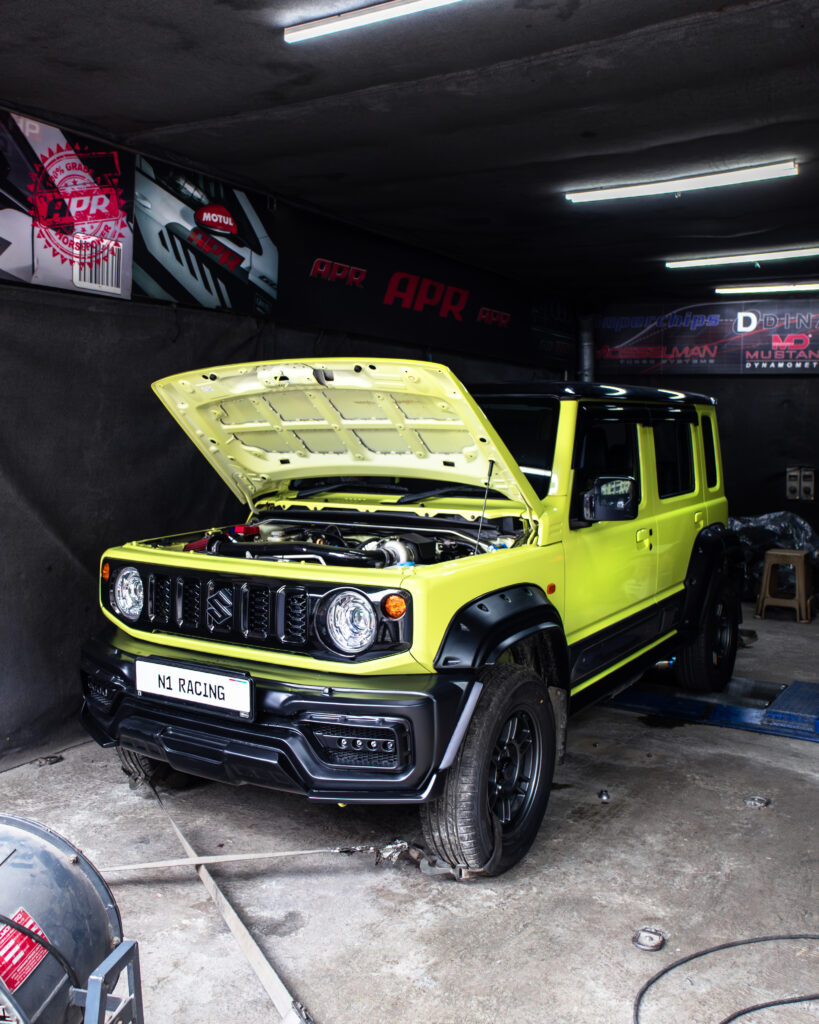
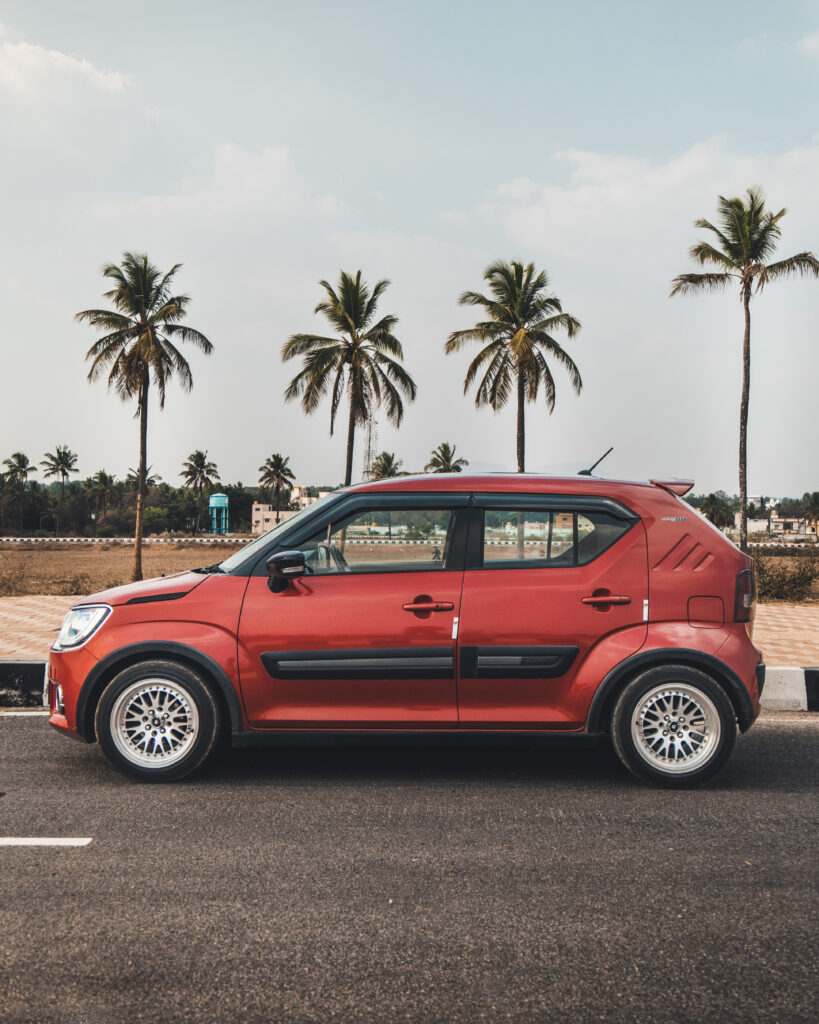
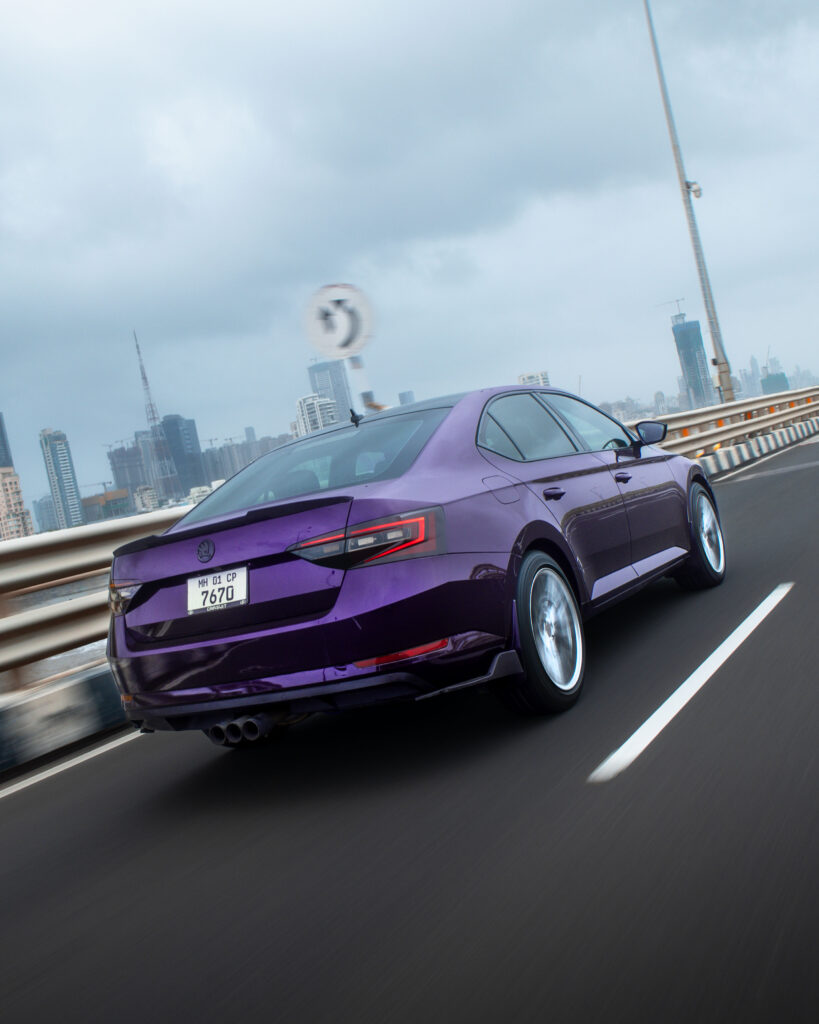
4. The Underground Spirit
And yet… despite everything, the scene is alive. It’s there in midnight drives on empty highways. In garages where friends wrench till 3 a.m. In small detailing studios and tuning shops that treat every project like a personal mission.It’s in creators, tuners, racers, and dreamers who refuse to give up, who are slowly, quietly, building something real. The truth is, Indian car culture isn’t stale. It’s underground. It’s messy, raw, passionate, and beautiful because of it.
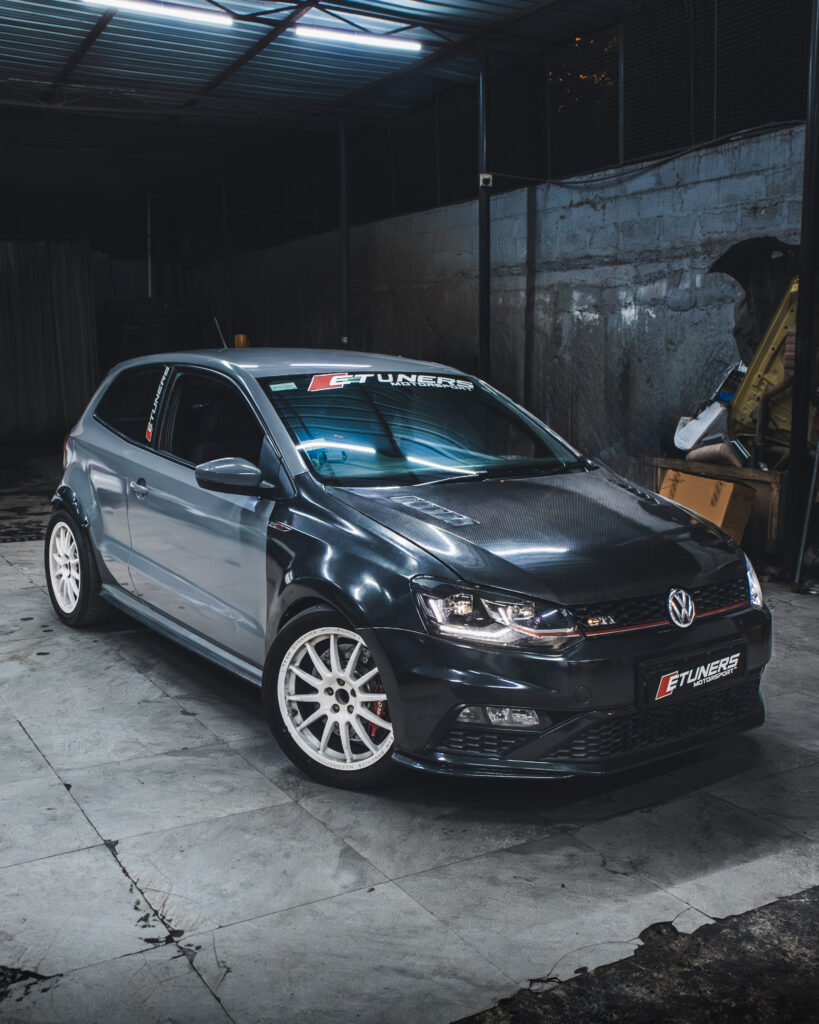
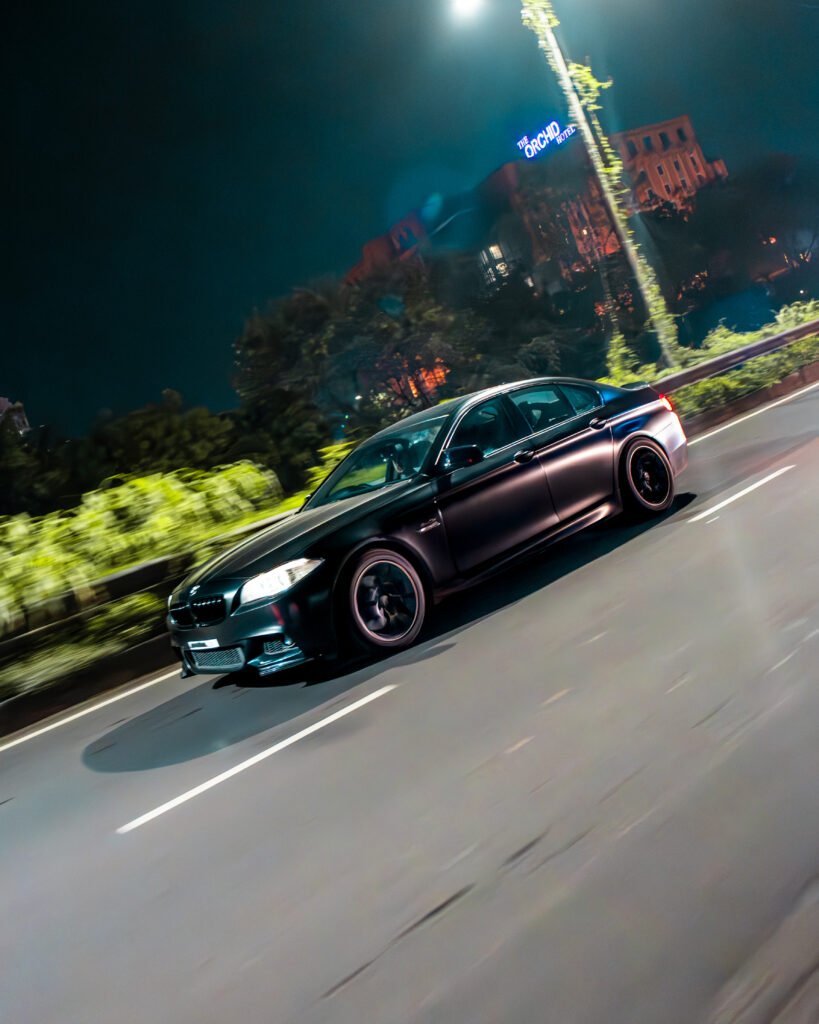
5. What Needs to Change
India doesn’t need more horsepower.It needs more acceptance. When we stop treating enthusiasts like outlaws and start seeing them as contributors to a vibrant creative community, things will change. Car culture isn’t just about machines, it’s about people. About freedom, art, engineering, and connection. Because passion has never been India’s problem… Permission has.
At The Drivers Hub, we’ve met hundreds of people who live and breathe this passion, despite every challenge. And if there’s one thing we’ve learned, it’s that the Indian car scene doesn’t need saving. It just needs space to grow.

